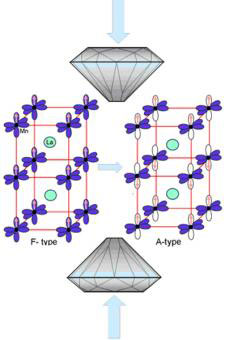Scientists Discover Magnetic Superatoms
A team of Virginia Commonwealth University scientists has discovered a âmagnetic superatomâ â a stable cluster of atoms that can mimic different elements of the periodic table â that one day may be used to create molecular electronic devices for the next generation of faster computers with larger memory storage.

The team examined the electronic and magnetic properties of clusters having one vanadium atom surrounded by multiple cesium atoms. They found that when the cluster had eight cesium atoms it acquired extra stability due to a filled electronic state. An atom is in a stable configuration when its outermost shell is full. Consequently, when an atom combines with other atoms, it tends to lose or gain valence electrons to acquire a stable configuration.
